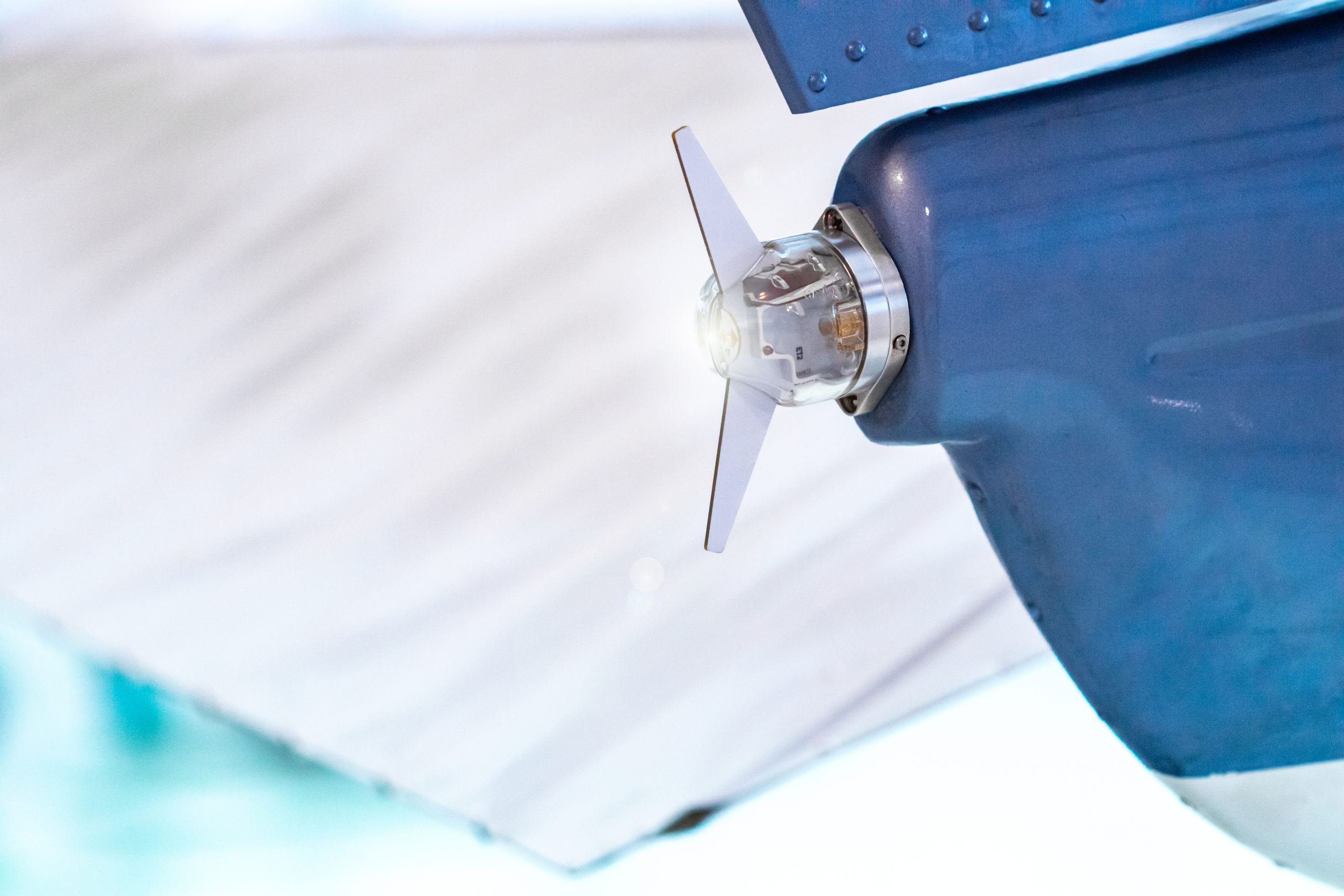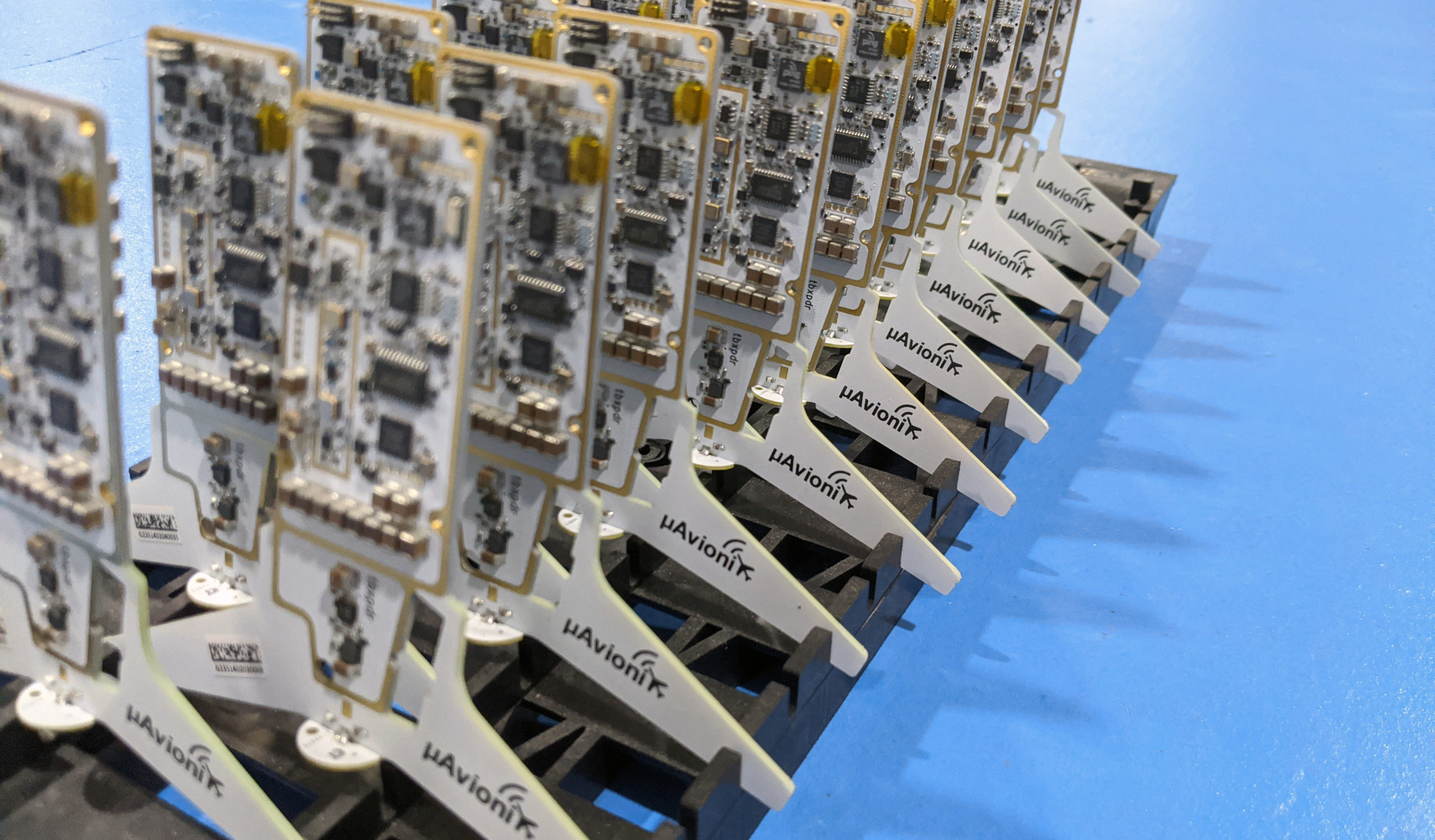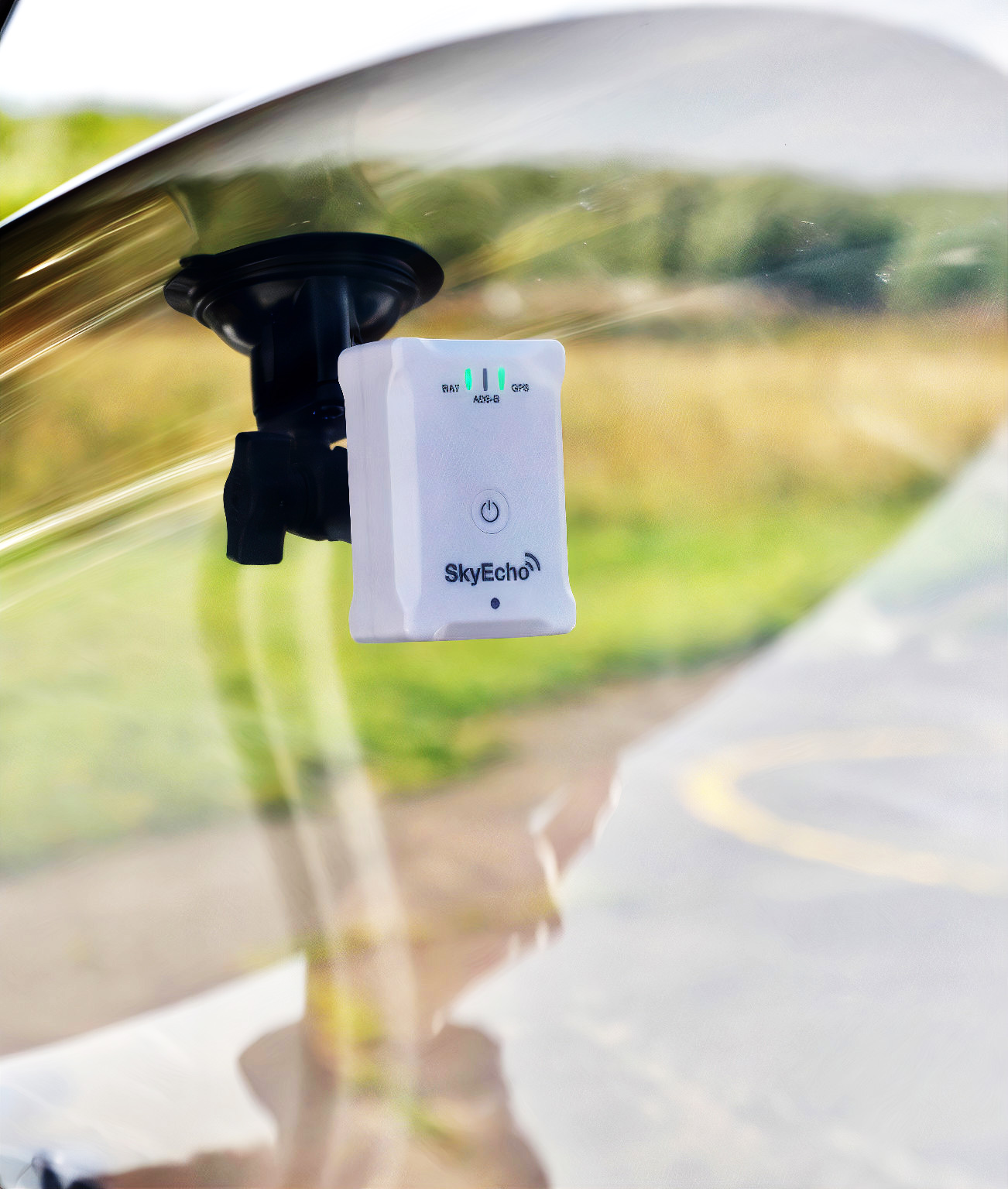Groundbreaking, and we mean it

The words “groundbreaking transponder technology” haven’t been uttered without hyperbole since the transition from tubes to digital. We’re prepared to make that claim today with the FAA TSO authorization for the uAvionix tailBeaconX and are bursting at the seams to share why exactly we feel that way.
tailBeaconX is the first certified embodiment of uAvionix’s micro-transponder technology. This technology allows us to redefine what a transponder can do, and how it can be realized. It took years of painstaking R&D to get to this point, and I wanted to pull back the curtain a little bit to help you understand why this is so important.
When we set out to tackle the U.S. ADS-B market in 2018, we did so using UAT technology. UAT operates on a different frequency than traditional transponders, does so at a lower power, and is currently approved for use only in the U.S. The resulting products, the wildly popular skyBeacon and tailBeacon leverage our digital radio technology and innovative in-house developed aviation GPS. The choice to create UAT products was clear; it allowed simple and cost-effective retrofit and was rendered technically feasible given by leveraging our products developed for unmanned aircraft.
Impossible mission?
We often were asked the question, “when will you have a 1090MHz tailBeacon?” The reply always came without hesitation; not any time soon! Our engineers are without peer, but the difficulty of miniaturizing a 250-watt transponder into something the size of an AirPod case was a bridge too far. Radios are a lot like your home stereo – consider trying to jam your 250-watt amplifier into that AirPod case, and making it so efficient that it consumes only 3-watts of power.
As our CEO likes to say, this isn’t mission difficult, it’s mission impossible. And we’re always hungry for a challenge. We’ve spent the last four years attacking that mission – shrinking, testing, revising, power optimizing, and shrinking again.
With the approval of the tailBeaconX, we’re proud to say “mission accomplished”. We have made a transponder that not only meets the performance of existing, far larger, and power hungrier equipment, but one whose performance is unmatched across a wide array of environmental conditions. Its unique design even allows it to be tightly integrated with sensitive electronics like GPS. Consider again a challenge of putting that “loud” 250-watt transmitter millimeters away from an integrated GPS receiver that needs to listen to extremely “quiet” signals from space. How quiet? The GPS signal reaching earth is less than one-QUINTILLIONTH (1/1018) of the power that the transponder outputs. To achieve this took excellence in old school engineering combined with clever application of cutting-edge technologies like advanced RF substrates and high-efficiency digital amplifiers.

Once we knew it could be done, we had to prove it. Developing innovative products and demonstrating their performance and discipline in engineering is something we’re uniquely capable of. We’ve now done just that, making the architecture the standard-bearer worldwide by achieving FAA certification.
What does this all mean?
uAvionix has created the first truly modern, ultra-miniaturized, high-powered radio for aviation applications. Technological progress is measured by the ability to fit increasing capabilities in ever-smaller form factors. We’ve already demonstrated that in smart antennas like tailBeaconX. Critically, tailBeaconX is future-proof and made affordably compatible with space-based ADS-B like Aieron by virtue of its unique form factor. A larger transponder would need not apply.
We’re in the business of solving problems, not just creating products. It’s fair to ask what we are solving here. Simply put, we’re solving the problem of “radar contact lost”. Someday soon we’ll take for granted the universal ATC coverage it has helped us achieve. When I fly to see my parents, who live in a city of nearly 100,000 people in relatively flat terrain, “radar contact lost” occurs 30 miles out. I had a mobile phone 25 years ago in that town and the coverage was terrible. Today, we wouldn’t expect or put up with a lack of mobile phone coverage in a city of 100,000, but we’ve learned to accept it in aviation. Why?
When emergency rescues are needed in mountainous terrain, time to rescue is highly dependent on successful ELT activation. When island hopping, radar services, and associated approaches can often be unavailable because of unreliable electrical power. tailBeaconX is a response to all of these scenarios and more – it enables the worldwide aviation network.
What’s next?
The same technology behind tailBeaconX has found its way into the soon-to-be TSO’d ping200X transponder, intended primarily for use on optionally piloted or remotely piloted platforms of all sizes. For the first time, critical infrastructure operations can be supported by and integrated into airspace internationally. Urban Air Mobility (a.k.a. flying taxis) will depend on the safety and weight savings provided by a certified ping200X. Internet access will be delivered from airborne platforms to underserved regions, enabled by the integration that only a certified transponder allows.
As my colleague Dr. Jim Davis recently shared, we’re helping transform the battlefield as well, bringing the same miniaturization to Identification Friend or Foe (IFF) systems. These systems allow unprecedented integration of unmanned and manned platforms, regardless of size, in environments where a lack of positive identification can have profound consequences.
The technology isn’t just limited to transponders, either. We’re hard at work in the lab realizing this fundamental technology into new form factors and applications, including digital communication radios, radars and even space. As always, stay tuned for more!
Ryan Braun
COO, uAvionix Corporation


